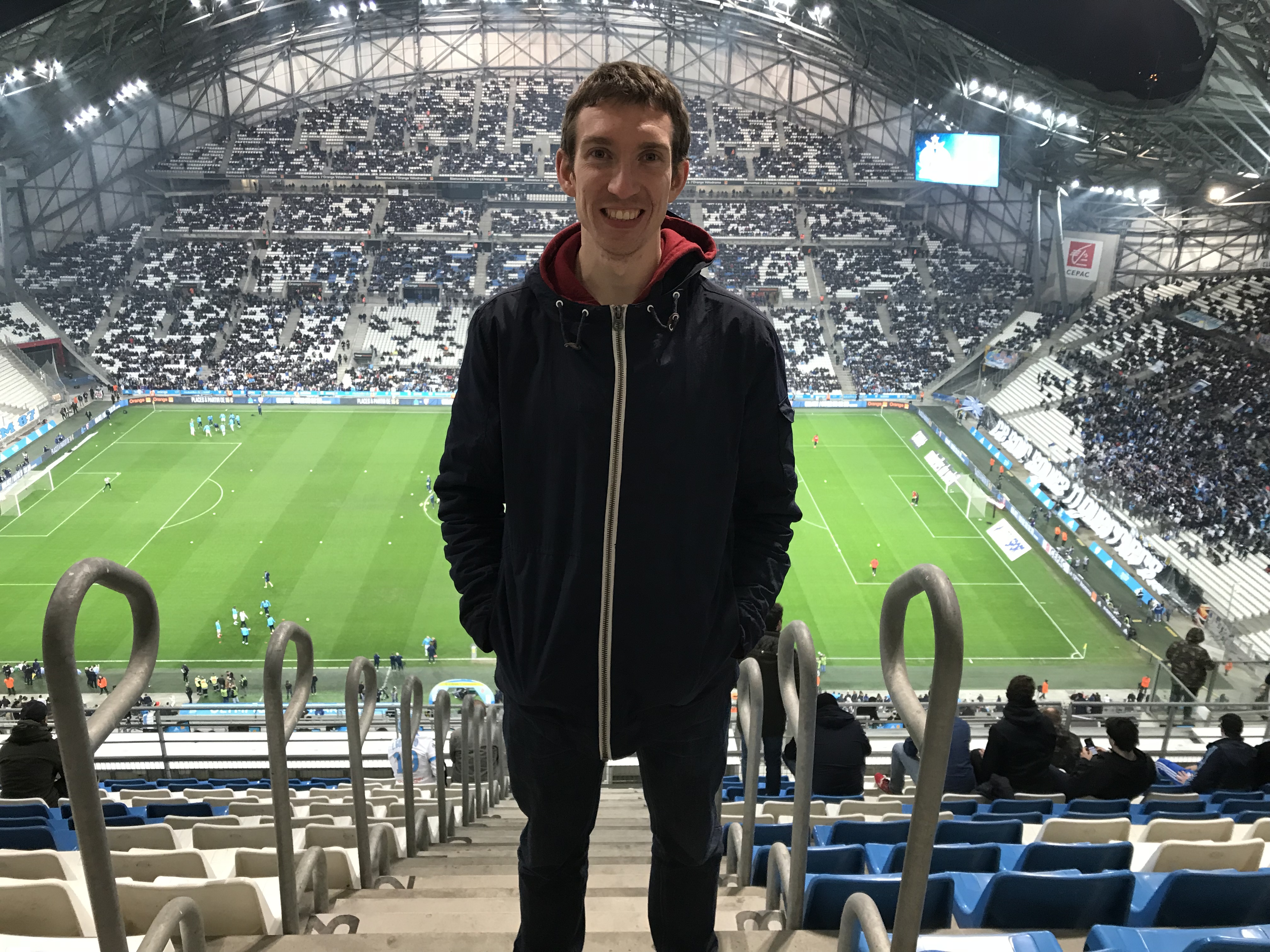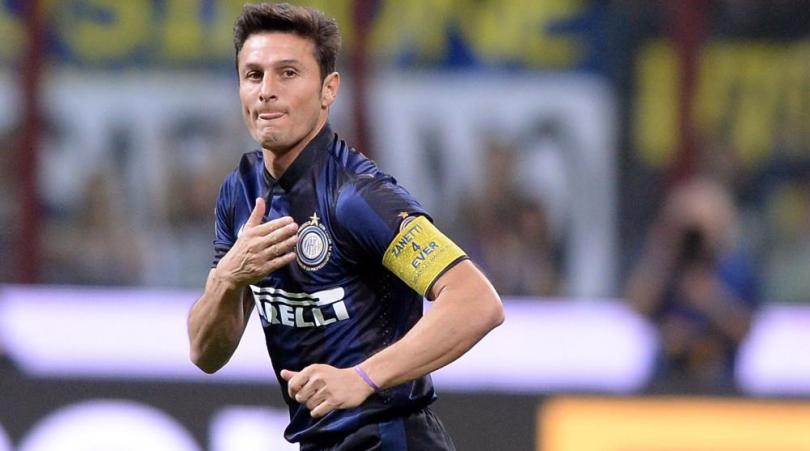How post-Prandelli Italy have moved on after their own disastrous World Cup
The FA lent their support to Roy Hodgson despite England's dismal showing, while Cesare Prandelli walked before he was pushed from the Italy job. Nine-and-a-half months on, Greg Lea evaluates a new-look Azzurri...
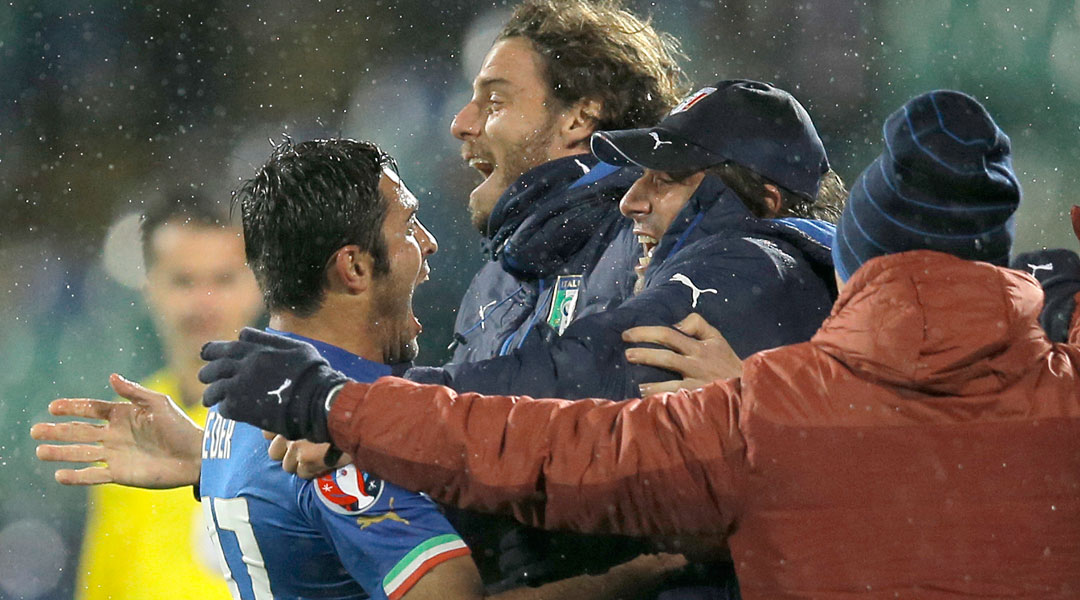
It wasn't supposed to end the way it did. Heading into the 2014 World Cup, hopes were high in Italy that the national side could continue the steady progress they'd made under the guidance of Cesare Prandelli over the previous four years since suffering in South Africa.
Having astonishingly finished bottom of a weak group containing Slovakia, New Zealand and Paraguay in 2010 with Marcello Lippi at the helm, Prandelli had led the Azzurri to the final of Euro 2012 and semi-finals of the Confederations Cup. A new style of play had been inducted, with Italy taking the initiative and looking to dominate the ball in a way that was antithetical to the traditional stereotype of defensive reactivity.
Bulgaria 2-2 Italy (ECQ)
Italy 1-0 Albania (F)
Italy 1-1 Croatia (ECQ)
Malta 0-1 Italy (ECQ)
Italy 2-1 Azerbaijan (ECQ)
Norway 0-2 Italy (ECQ)
Italy 2-0 Netherlands (F)
Last summer’s competition in Brazil was seen as Prandelli’s chance to unleash this new-look Italy on the world stage. Then Diego Godin struck in the 81st minute.
In truth, the Uruguay captain may have landed the decisive blow but Italy were already on the ropes. A towering header from the Atletico Madrid centre-back was enough to seal a 1-0 victory that saw the South Americans progress at Prandelli’s side’s expense, but a feeble defeat to Costa Rica in the previous game had already shed light on a number of Italian weaknesses.
Indeed, while there were clearly unfortunate moments – not least Luis Suarez’s unpunished bite on Giorgio Chiellini – it was difficult to argue that Italy deserved anything more. Even Prandelli himself didn't attempt to disguise his side’s failings, telling reporters after elimination was confirmed that “when a professional project fails, it is right to take responsibility”.
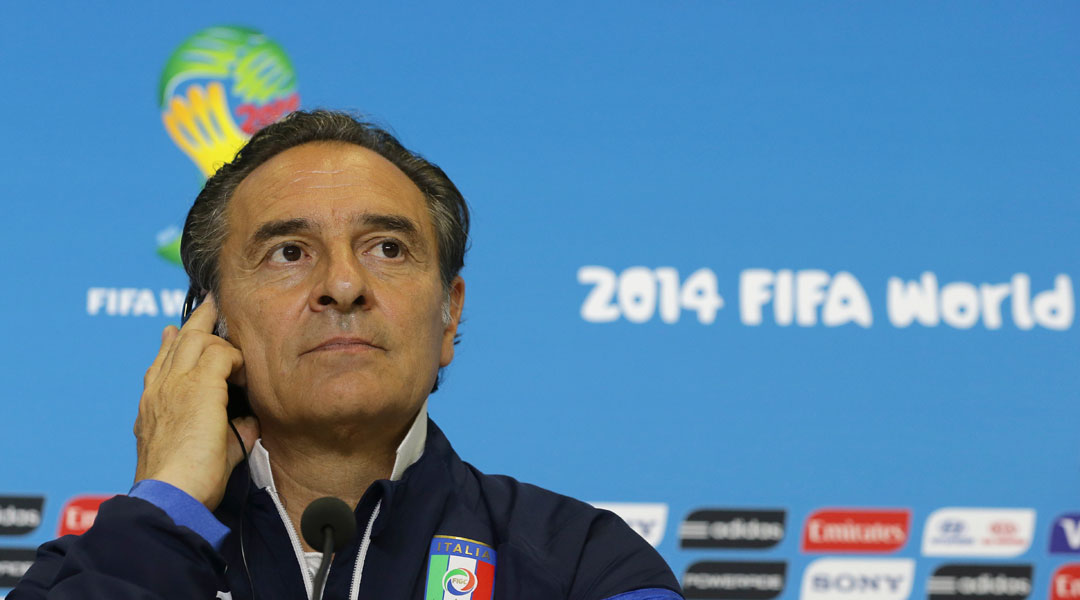
He did just that, tendering his resignation at his post-match press conference. Despite the undeniable progress made since 2010, there was only ever going to be one outcome.
Italy, perhaps more so than any other nation, invariably places the result above all else, and the only question was whether Prandelli would jump or wait to be pushed.
Get FourFourTwo Newsletter
The best features, fun and footballing quizzes, straight to your inbox every week.
Conte's way
Nine months on, it's Antonio Conte who will be in the home dugout when England travel to Turin on Tuesday night. Italy have only played seven games since that defeat to Uruguay in Natal, but this is already a markedly different team.
Indeed, the change wasn't simply the man in the dugout, but an entire philosophy. Both Prandelli and Conte have enjoyed great success in their careers – although the latter’s three scudetti with Juventus surely trump the former’s work at Roma and Fiorentina – but they have achieved it in contrasting ways.
Whereas Prandelli preaches patience and possession, Conte favours high-tempo, high-intensity. His Juve team were so fast and aggressive, pressing high and going for the throat once the ball had been won.
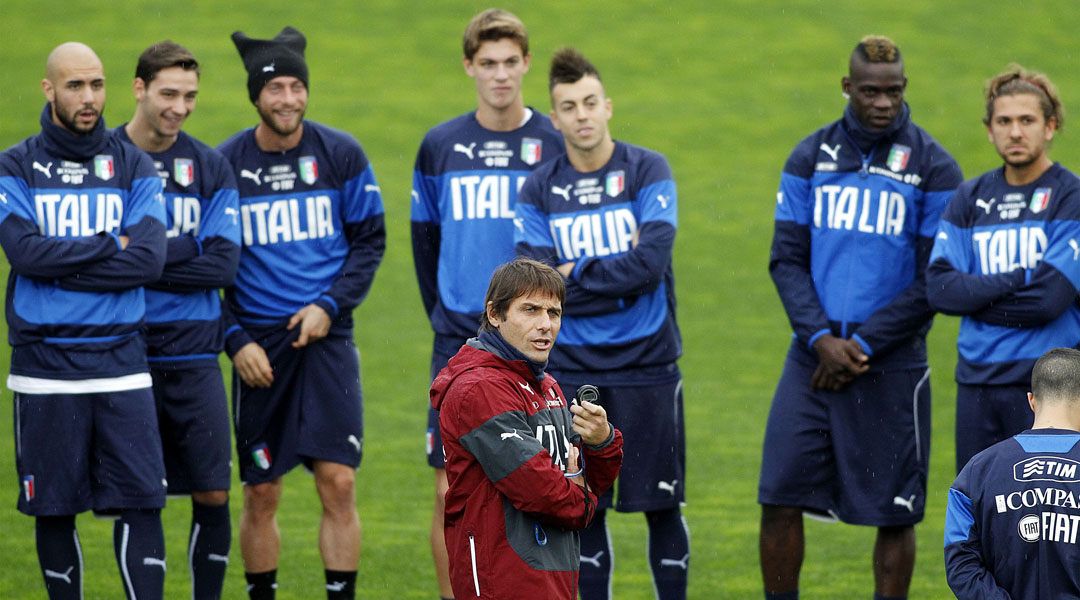
This approach was evident even in Conte’s first game in charge of Italy, a friendly win against the Netherlands in September. Italy sought to get the ball forward quickly and exploit gaps in a way that they were criticised for not doing enough under Prandelli.
Ciro Immobile opened the scoring inside three minutes following Daniele De Rossi’s lofted pass over the top, before the Azzurri converted a penalty after Simone Zaza was brought down when chasing another quick De Rossi ball behind the Dutch defence.
There are also differences in formation. Conte is devoted to 3-5-2, a configuration synonymous with Italian football likely because of the security it offers in central areas.
Prandelli employed the same system at times, yet he also used a 4-3-3, 4-3-1-2 and 4-3-2-1, demonstrating a flexibility not usually associated with the former Juve coach.
With its reliance on wing-backs to cover the entire flank, there is a feeling that the 3-5-2 is vulnerable to quick switches of play and less suited to the faster pace of the game outside Italy, which gives Conte something to consider ahead of next summer’s European Championship in France.
Juventus’s domestic dominance under their former midfielder perhaps precluded the need for a Plan B, yet the Bianconeri have looked more able to balance the demands of Serie A and Champions League under Max Allegri, who has gradually moved towards a 4-3-1-2 as the season has progressed.
Balo banished
In terms of personnel, there have also been changes under Conte, with Mario Balotelli one player to have been discarded. The striker has struggled to hold down a place in Liverpool’s team this term because his relatively static style is largely considered incompatible with Brendan Rodgers’ high-energy outfit. He faces the same problem at international level too, with Conte demanding commitment, work-rate and pressing.
That is part of the reason why Sassuolo’s Zaza has become such a fixture in the side; his eagerness to close down opposition centre-backs and contribute in the defensive phase of play endearing him to Conte in a way that Balotelli has yet to manage.
Marco Verratti is also expected to play a more prominent role with the Azzurri in the coming years. Now 22, the PSG midfielder showcased his exceptional ability to an English audience at Stamford Bridge earlier this month, and is considered by many Italians to be a player the national team should be built around, even if Conte has repeatedly preached the need for the former Pescara man to be patient.
INTERVIEW Verratti: "Some players my age have a problem, thinking they have arrived before they have"
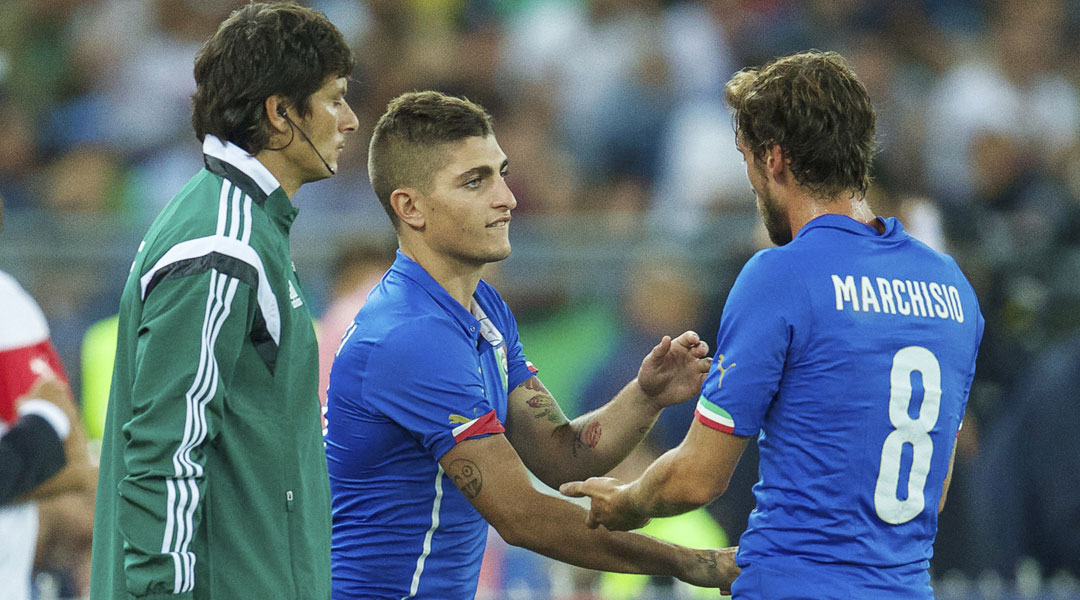
Palermo’s Franco Vazquez, Sampdoria’s Eder and Napoli’s Manolo Gabbiadini have all also had impressive seasons and are expected to be involved against England, with more seasoned internationals like Andrea Barzagli, Leonardo Bonucci and Gianluigi Buffon also likely to play a part. There is a good balance to the side, and Conte’s track record suggests he is the right man to mould everything together productively.
It is still early days for Italy and England as they prepare to face off in the slow build-up to Euro 2016. The pair’s underwhelming group stage exits from the World Cup led to very different managerial outcomes: Prandelli resigned before he was sacked, while Roy Hodgson was given a stay of execution.
Regardless, both sides now have a fresh feel to them. Hodgson has called-up in-form youngsters like Harry Kane and, although he has been in the job for only nine months, Conte has already put his stamp on this Azzurri team. In among the 3-5-2, demands for sacrifice and a high-tempo style, Italians everywhere will be hoping that the three-time scudetto winner has also brought his penchant for success along for the ride.
PSEUDONEWS England and Italy both wondering if it’s too late to cancel
Greg Lea is a freelance football journalist who's filled in wherever FourFourTwo needs him since 2014. He became a Crystal Palace fan after watching a 1-0 loss to Port Vale in 1998, and once got on the scoresheet in a primary school game against Wilfried Zaha's Whitehorse Manor (an own goal in an 8-0 defeat).
